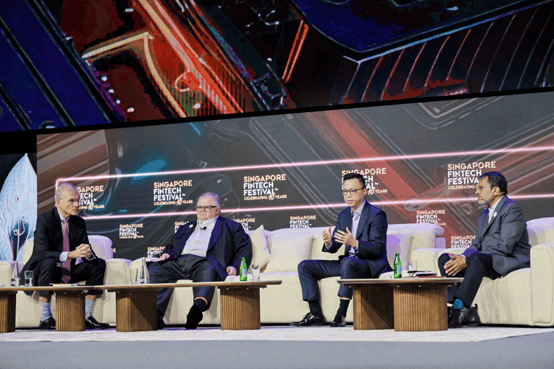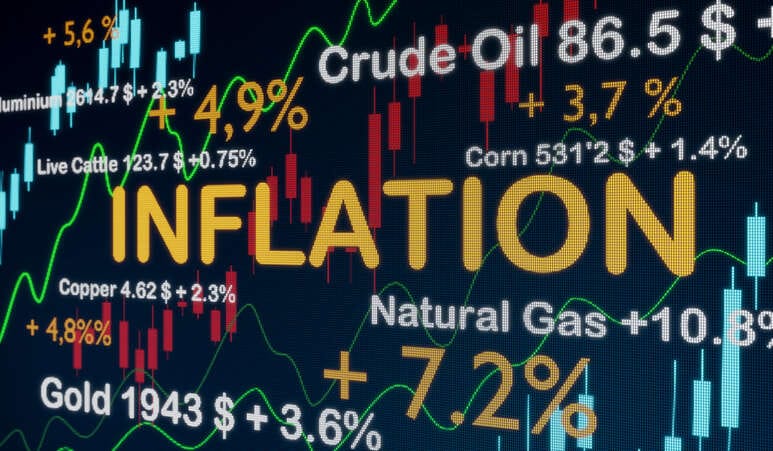
What are the 5 causes of inflation
In today’s economic landscape, inflation is a term that frequently makes headlines. Understanding the causes of inflation is crucial for policymakers, businesses, and individuals alike. In this article, we will delve into the five primary causes of inflation and explore their impact on the economy.
I. Introduction
A. Explanation of inflation
Inflation is the sustained increase in the general price level of goods and services in an economy over a period of time. It erodes the purchasing power of a currency, meaning that over time, a unit of currency buys fewer goods and services. Inflation can have far-reaching consequences, affecting consumers, businesses, and the overall economy.
B. Importance of understanding its causes
Understanding the causes of inflation is essential because it allows policymakers to make informed decisions to manage and control it. Additionally, individuals and businesses can make better financial planning decisions when they have insights into the factors driving inflation.
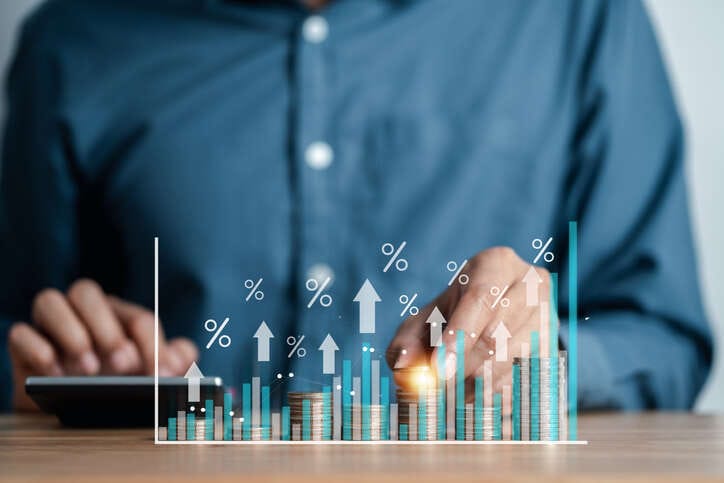
II. Demand-pull inflation
A. Definition and explanation
Demand-pull inflation occurs when the demand for goods and services in an economy exceeds its supply. This excess demand exerts upward pressure on prices. It is often referred to as “Too much money chasing too few goods.”
B. Factors contributing to demand-pull inflation
- Increased consumer spending: When consumers have more disposable income due to factors like tax cuts or increased wages, they tend to spend more. This surge in spending can lead to higher demand for goods and services.
- Government spending: Increased government spending, especially on infrastructure projects or social programs, can boost overall demand in the economy, contributing to demand-pull inflation.
- Business investment: When businesses invest heavily in expanding their operations, it can lead to increased demand for resources and labor, putting upward pressure on prices.
C. Examples of demand-pull inflation
A classic example of demand-pull inflation is the post-world war ii economic boom in the united states. After the war, there was a pent-up demand for consumer goods, leading to a surge in spending and a subsequent rise in prices.

III. Cost-push inflation
A. Definition and explanation
Cost-push inflation occurs when the cost of production for goods and services increases, causing producers to pass on these higher costs to consumers in the form of higher prices.
B. Factors contributing to cost-push inflation
- Rising production costs: Factors such as increasing wages, rising raw material prices, or energy cost hikes can result in higher production costs. When producers face these cost increases, they are forced to raise prices to maintain profitability.
- Supply disruptions: Events like natural disasters, geopolitical conflicts, or pandemics can disrupt supply chains, leading to shortages of goods. When supply is constrained, prices tend to rise.
C. Examples of cost-push inflation
The oil crisis of the 1970s is a prime example of cost-push inflation. A series of oil supply disruptions led to a significant increase in energy prices, causing production costs to surge across various industries and ultimately leading to higher consumer prices.
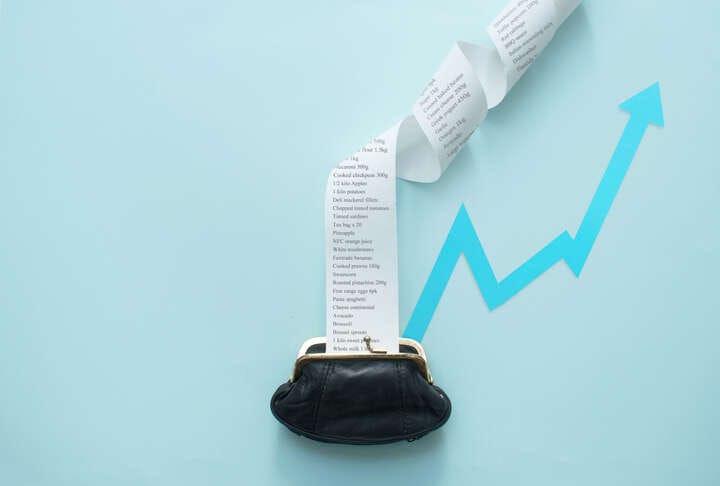
Iv. Built-in inflation
A. Definition and explanation
Built-in inflation, also known as wage-price inflation, is a self-perpetuating cycle where workers demand higher wages to keep up with rising prices, and businesses pass on these wage increases to consumers through higher prices, leading to further inflation.
B. Factors contributing to built-in inflation
- Wage-price spiral: In this scenario, workers demand higher wages due to the rising cost of living. When businesses grant these wage increases, they often raise prices to cover the additional labor costs, creating a feedback loop of inflationary pressure.
- Inflationary expectations: If people expect prices to rise in the future, they may adjust their behavior accordingly. For example, workers may demand higher wage increases, and businesses may preemptively raise prices, contributing to built-in inflation.
C. Examples of built-in inflation
The 1970s stagflation in the united states is a notable example of built-in inflation. High inflation was fueled by a combination of wage-price spirals and inflationary expectations, leading to a challenging economic environment.
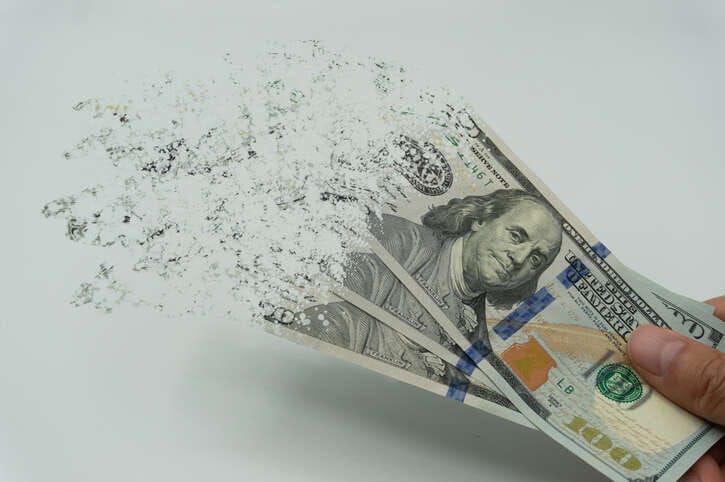
V. Monetary policy
A. Definition and explanation
Monetary policy refers to the actions taken by a country’s central bank to control the money supply, interest rates, and overall economic stability. It can impact inflation in various ways.
B. Factors contributing to inflation through monetary policy
- Money supply growth: If a central bank increases the money supply excessively, it can lead to an increase in demand, pushing up prices.
- Interest rates: Lowering interest rates can encourage borrowing and spending, increasing demand and potentially leading to demand-pull inflation.
C. Examples of monetary policy-induced inflation
The federal reserve’s response to the 2008 financial crisis included lowering interest rates and implementing quantitative easing. While these measures helped stabilize the economy, they also contributed to concerns about future inflation.
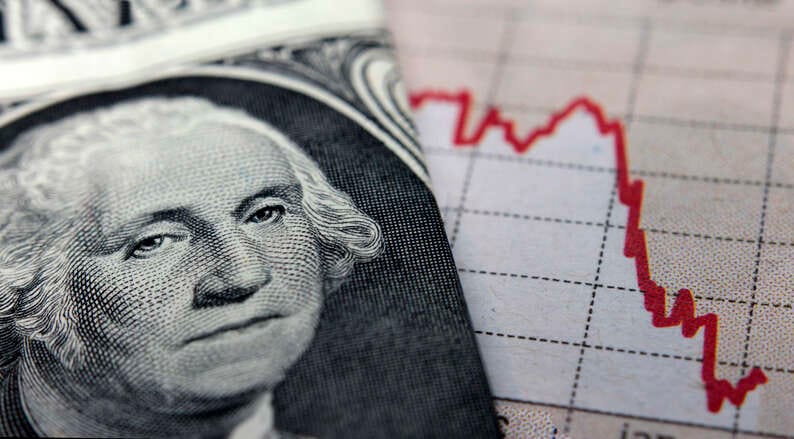
Vi. Fiscal policy
A. Definition and explanation
Fiscal policy involves the government’s use of taxation and public spending to influence economic conditions. The decisions made in fiscal policy can impact inflation.
B. Factors contributing to inflation through fiscal policy
- Government spending: An increase in government spending, especially when financed through borrowing, can lead to increased demand, contributing to inflation.
- Taxation: Reducing taxes can stimulate consumer spending, potentially leading to demand-pull inflation if not offset by appropriate fiscal measures.
C. Examples of fiscal policy-induced inflation
The economic recovery packages passed during the covid-19 pandemic included substantial government spending, which raised concerns about potential inflationary pressures in the future.
In conclusion, inflation is a complex economic phenomenon influenced by various factors. The five primary causes of inflation explored in this article—demand-pull, cost-push, built-in inflation, monetary policy, and fiscal policy—illustrate the multifaceted nature of inflationary pressures. Understanding these causes is crucial for policymakers and individuals alike, as it empowers them to make informed decisions to manage and mitigate the effects of inflation on economies and personal finances. Balancing economic growth with price stability remains a key challenge in the ongoing effort to control inflation and foster sustainable economic environments.

